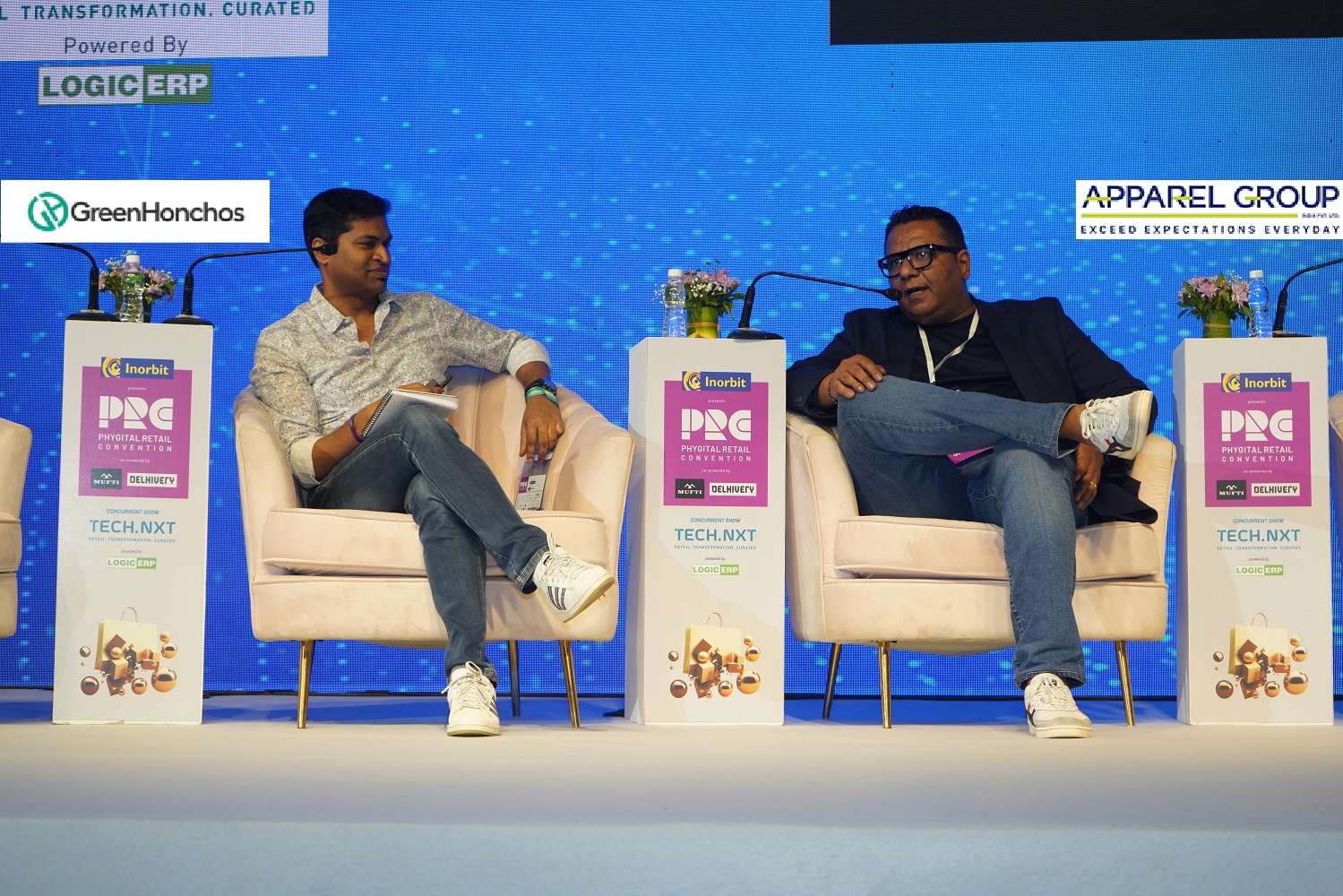In addition to growth in sales, the Apparel Group was also able to achieve 12-14% increase in ‘add to cart’ rate, among other benefits, thanks to finding the right tech-implementation partner
New Delhi: Covid-19 compelled several companies to turn their focus to e-commerce. Fashion and lifestyle retail company Apparel Group India Pvt. Ltd. too was among them.
Apparel Group India Pvt. Ltd. operates 12 brands in India, including Aldo, Aldo Accessories, Charles & Keith, Bath and Body Works, Victoria’s Secret, RnB, Beverly Hills Polo Club, Inglot and Tim Hortons. The company retails these brands not only from its stores but also through its website.
However, e-commerce contributed little in the way of business pre-COVID-19. “Apparel Group’s e-commerce business was less than a percent in 2019,” said Abhishek Bajpai, chief executive officer, Apparel Group India.
The pandemic-induced lockdown compelled the company to focus its attention on the website, which was its only source of business for a while when everything was shut.

The need
However, its online business was not capable of taking the sudden load. There were many challenges, including:
- Limited in-house bandwidth to be on top of the e-commerce implementation.
- Inability to identify opportunities and key metrics to leverage the next phase of growth and monitor the project’s progress.
- Poor customer experience.
- Inability to divert global consumers towards omni-channel.
- Insecurity of losing brick-and-mortar customers to e-commerce.
- Lack of review and governance framework and need for better UI (user interface), UX (user experience), logistics and payments system.
- Complex check-outs and too much buffering time due to deficiency in metric as bounce time was in single digits.
- Poor tracking by Google Analytics at the entry funnel.
- Mangled cart to conversion from a user experience perspective as consumers were using multiple formats of payments in India, including UPI.
- Lack of skilled personnel to manage technological issues.In an e-commerce business, every second matters. According to a study by PWC and GreenHonchos, one second has a 15% increment or decrement in conversion rate, acting as an exit funnel. Having concentrated its energies on improving its online business, the Apparel Group intended to improve its conversion rate to 1.5% from less than 1%. However, the team realized it needed outside help.
“Retailers know what they want on the site. However, sometimes they don’t have the talent in-house to define those parameters from a tech perspective,” said Bajpai.
Therefore, in 2022, it partnered with GreenHonchos Solutions Pvt. Ltd. Founded in 2012, GreenHonchos assists brands to prepare for a digital-first approach to commerce by offering technology, digital and operational solutions for scaling D2C brands online with a consulting framework, according to the firm’s website.

Approach
GreenHonchos provided Apparel Group India with an Ascent framework, i.e. a project management framework to ensure technology is optimized for e-commerce growth. The monitoring framework of 16.14 points helped the group with website stability checks, operation checks, marketing flags, customer experience checks, funnel map checks, support tickets/grievances and revenue performance checks. It also helped with automation alerts and logs tests, new feature development, development sanity checks, concerns identification and identifying opportunities.
The solution company leveraged its Saleforce expertise to track the project and established key metrics tracking to keep higher management in the loop, to overview the growth progress.
GreenHonchos began by developing Bath and Body Works website, followed by Victoria’s Secret’s website by collaborating with a third-party implementation partner. Through weekly cadences, framework monitoring and dashboards for real-time, weekly and monthly cadences, it helped track the improvements.
It fixed the bounce rate with smart tech by figuring out benchmarks, implementing UI (user interface) and UX (user experience), and mildly revamping the home page. Furthermore, it fixed the issue of cart to conversion with the help of Salesforce by improving messaging, notifications, speed of checkouts and the option of pre-filled addresses.
Business Impact
Within 6-12 months, Apparel Group witnessed 30x results in terms of sales and growth.
- The group started receiving 30% of its business/sales from e-commerce.
- It experienced smooth running of it websites and improved customer experience. It was able to measure operations on a regular basis and also received guidance for the next step of action from a technology perspective.
- Apparel Group India also witnessed monetary improvements in terms of revenue and conversion by 30%.
- The tech-enablement led to growth in business. There was an increase of 12%-14% increase in the ‘add to cart’ rate.
- The results depicted improved customer retention, framework, governance and implementation.

*Based on the fireside chat between Navin Joshua, founder and director of GreenHonchos and Abhishek Bajpai and the chief executive officer of Apparel Group on Adapting global brands for India – leveraging technology; GreenHonchos with Apparel Group India at Images Group’s Phygital Retail Convention 2023.




